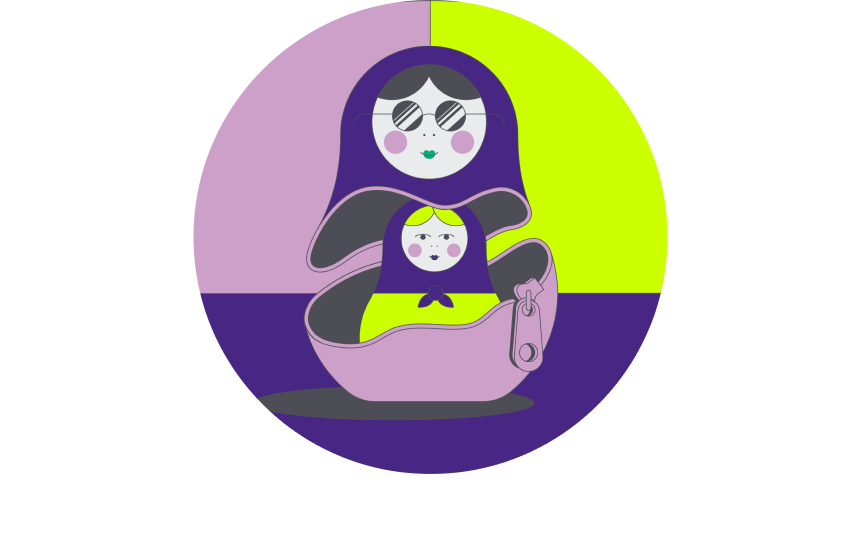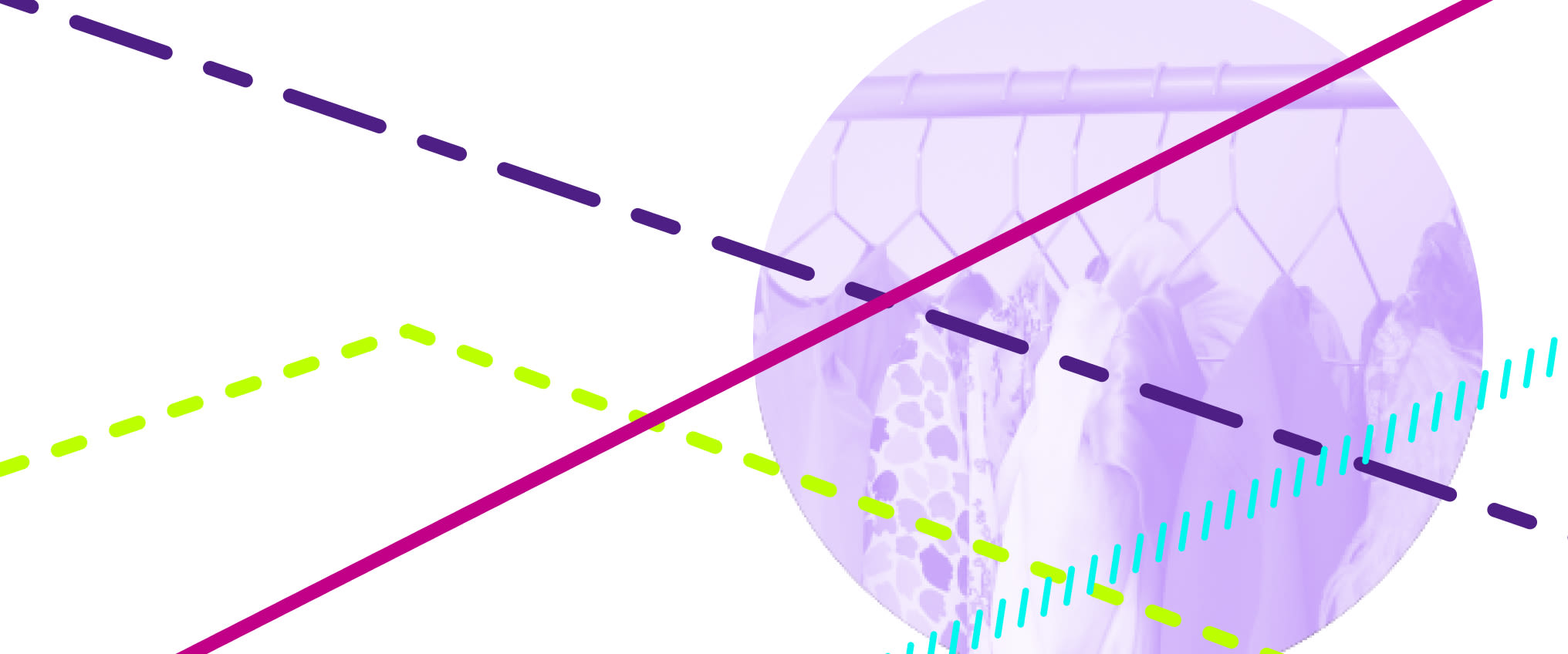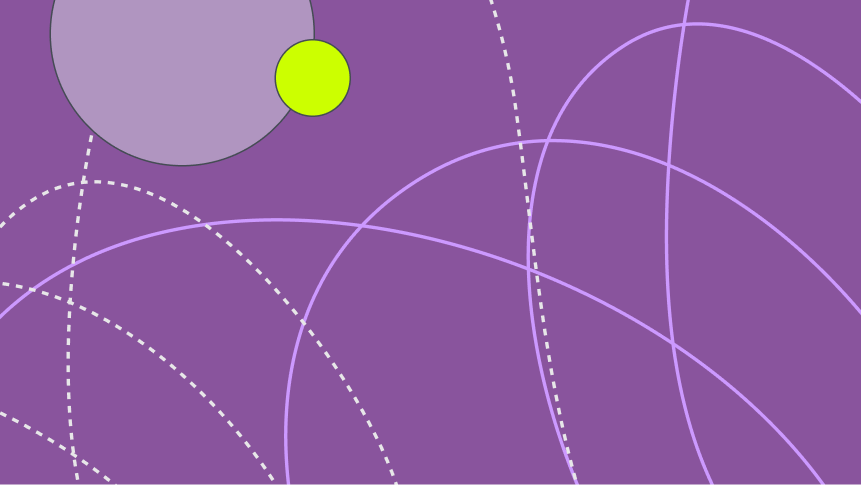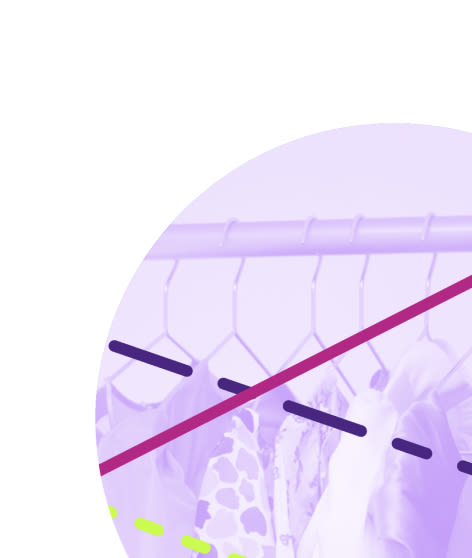Circular business models for fashion, which allow companies to make revenue without making new clothes, represent a significant opportunity for new and better growth in the fashion industry. These business models, which include resale, rental, repairs and remaking, can provide considerable greenhouse gas savings, and could be worth USD 700 billion by 2030, making up 23% of the global fashion market. However, there are four key actions businesses must take to achieve this.
Now is the time to explore a new way of doing business in fashion
In recent decades, the amount of clothes the fashion industry produces has grown and grown, while at the same time, profit margins have shrunk and the impact on the environment has increased. Between 2000 and 2015, clothing production doubled, while over the same period utilisation – the number of times an item of clothing is worn before it is thrown away – decreased by 36%.
This trend led to the global fashion industry producing around 2.1 billion tonnes of greenhouse gas (GHG) emissions in 2018 – 4% of the global total. On top of this, due to ever lower prices and lost revenues – from overstock, stockouts, and returns – profit margins of the world’s leading apparel retailers decreased by an average of 40% from 2016 to 2019. This was exacerbated in 2020 by the impacts of the Covid-19 pandemic, which highlighted the fragility of fashion’s supply chains and saw the industry suffer a staggering 90% profit decline compared to 2019.
Growth of clothing sales and decline in clothing utilisation since 2000
Circular business models decouple revenue from production and resource use
By decoupling revenues from raw material production – through business models such as resale, rental, repair and remaking – greenhouse gas emissions, pollution, and biodiversity impacts can all be reduced.
Resale, rental, repairrepairOperation by which a faulty or broken product or component is returned back to a usable state to fulfil its intended use. and remaking are already worth more than USD 73 billion – and growing. Since 2019, and despite the global Covid-19 pandemic, seven resale and rental platforms – Depop, Rent the Runway, The Real Real, Vinted, Poshmark, Vestiaire Collective, and ThredUP – have reached billion-dollar valuations. These business models have the potential to grow from 3.5% of the global fashion market today to 23% by 2030, becoming a USD 700 billion opportunity, while providing significant environmental savings from increased use and reduced production.
Categories of circular business models
Circular business models can be created by considering and combining the following three categories
Today, there are four main business models that circulate products and materials in the economy
Rental

This includes one-off rentals peer to peer by private owners, as well as large scale rental and subscription models by multi-brand platforms or individual brands.
Resale

This includes peer-to-peer sale of second-hand items (online and offline), third-party marketplaces (online and offline), and own-brand re-commerce.
Repair

This is the operation by which a faulty or broken product or component is returned back to a usable state.
Remaking

This is the operation by which a product is created from existing products or components. This operation can include disassembling, re-dyeing, and repurposing.
Circular business models can provide better product margins and competitiveness
Circular business models offer both revenue and cost benefits. They provide multiple revenue streams by enabling businesses to offer new services, such as restoration, customisation and tailoring. Revenue benefits include increased loyalty, access to customer and product use data and increased customer base. At the same time, costs can be reduced due to savings from better resource productivity and risk reduction (e.g. improved inventory management).
Currently, booming models like resale and rental do not always result in environmental benefits
To successfully develop circular business models, their revenue must be decoupled from production and resource use. Currently, while they have great potential, these business models do not always achieve this decoupling and the environmental benefits that come with it.
There are many barriers to this decoupling. Firstly, the way the industry measures success is often based on sales volumes. So, for example, a business measuring its success this way might incentivise product take-back for resale, remaking or recycling by offering vouchers for new products, which results in growth of the linear business. Secondly, products are not always designed to withstand the level of use circular business models require. For example, an occasion dress offered via a rental model that looks faded or out of shape after it is cleaned twice will not provide a viable option, economically or environmentally. Thirdly, current supply chains are optimised for predictable, one-way production and distribution, whereas circular business models require local and global networks that facilitate services such as cleaning, repair and remaking. In addition to these, businesses in the fashion industry miss out on further economic and environmental opportunities by not combining or exploring other, perhaps new, business models that could decouple revenue streams from production and resource use.
Four key actions for businesses
To make sure their business models are circular, and to maximise the positive outcomes, businesses, supported by policymakers, can take four key actions.
Download
Circular business models is available in: English
To quote this study, please use the following reference: Ellen MacArthur Foundation, Circular business models: redefining growth for a thriving fashion industry (2021).







